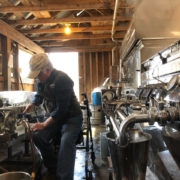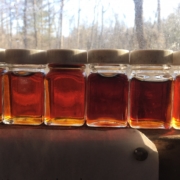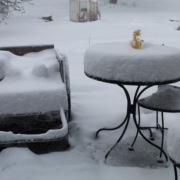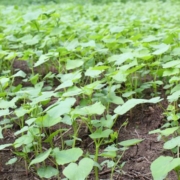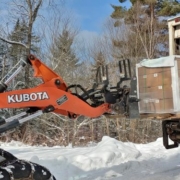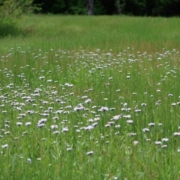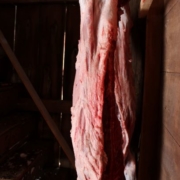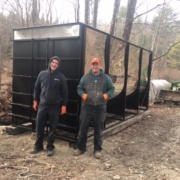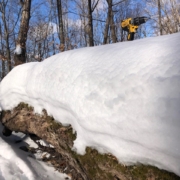Dispatch from the Sugarwoods, 2021, Part 4
We made our first syrup of the year on March 10. Dad used a wheeled walker to get out into the sugarhouse, though he suffered from a lack of mud tires. We still use wood to fuel our evaporator, and fire loading is out of the question for him with his injury. He tended the reverse osmosis machine and filter press, though. And canned the syrup once we had a system set up right.
After two months of deep cold and snow, we endured a three-day stretch of 60-degree-plus warmth that only a sugarmaker could complain about. One day touched 70 degrees here in southern Vermont. Sap runs are a Goldilocks-type proposition: we don’t want things too cold or too hot. If forced to choose one, we’d choose too cold, since that just puts things on pause. When it gets above 50 degrees, the sap starts to degrade, so it’s a race to get things processed. This degradation also creates a slime on the inside of a taphole which eventually stops the sap from flowing out of the tree. This is a weeks-long process, but the wheels get set in motion by high temperatures, and every high temperature accelerates the process.
In light of this, the deep snow that we fought all spring getting tapped became an ally. The deep snowpack around the bulk tanks served as refrigeration – on the third day of the heatwave, the sap was still 39 degrees when we fed it into the RO. The color of the syrup we made with it suffered as it warmed in the bulk tank before boiling, but the flavor had the sweet, buttery, delicate profile you’d expect from first run sap.

